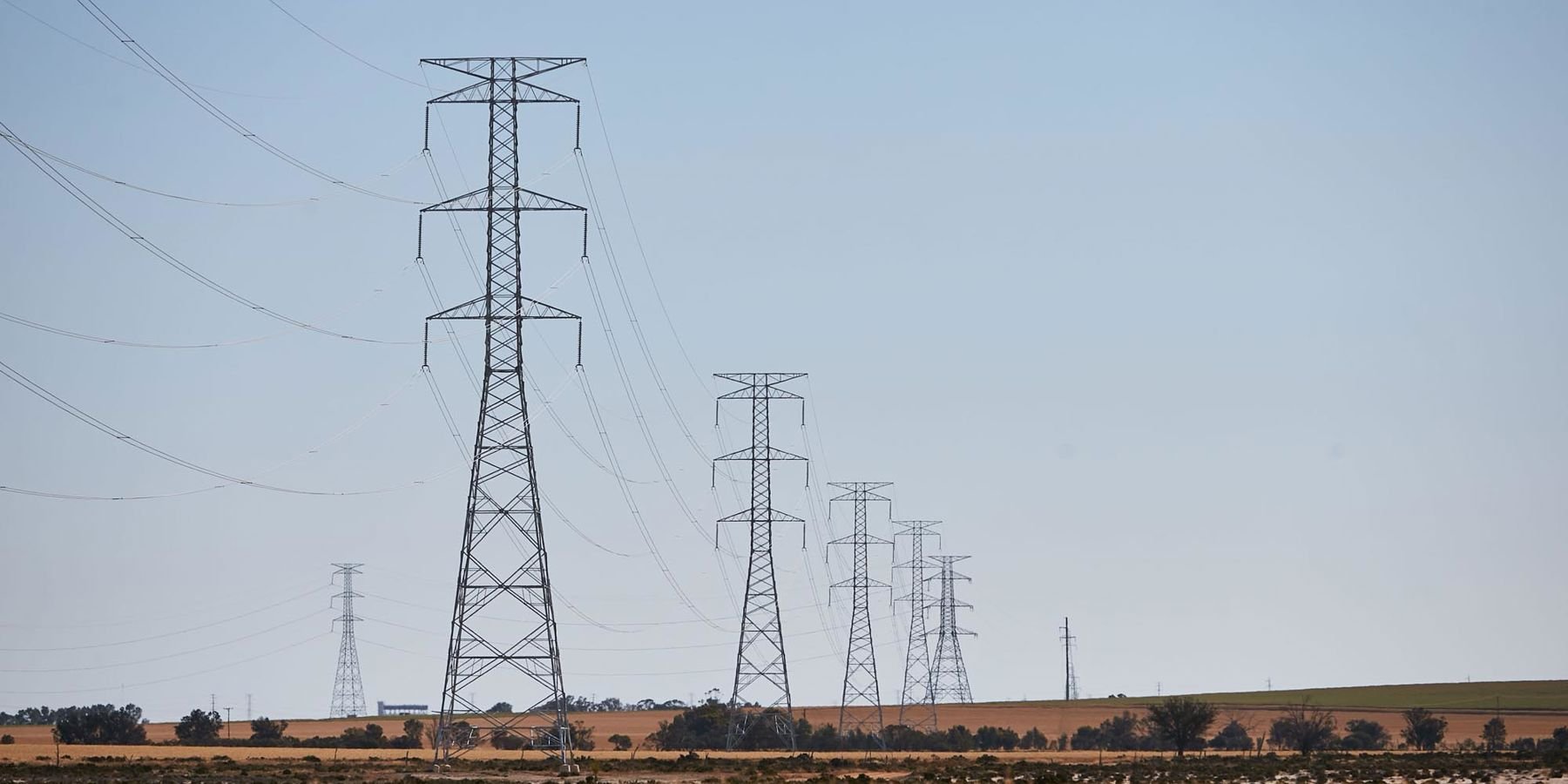Transmission can be thought of like the freeway of our electricity network. As WA moves forward on our path towards decarbonisation and net zero, it’s role as a key enabler of renewable resources is driving its expansion.
If you’ve ever driven down Perth’s southern or northern freeways, you might have noticed the large towers and power lines, running nearby.
This is transmission infrastructure. It’s similar to the poles and wires you see on your street, but much larger with greater capacity in terms of the amount of power they carry.
Transmission is the workhorse that brings energy into the network from large generators. And as more large-scale renewables come online, the structure of our transmission network will significantly change.
How is Transmission different to Distribution?
Energy networks could be described as having tiers of infrastructure, each carrying out different roles and carrying different amounts of power, on a sliding scale from bulk or high-voltage power, right down to a lower and safer voltage more usable for your home.
Transmission is an electricity freeway, carrying very large amounts of power, up to 330 thousand volts, around the network, each typically enough to supply hundreds of thousands of homes. Power is then transferred to the lower voltage distribution system via substations and transformers – the poles and wires you might see on your street – to make it more suitable for the needs of your property and appliances.
There is almost always more than one transmission line connected to a substation that feeds the distribution network, meaning if one line is turned off, the other line can provide back-up.
The visual difference between transmission and distribution infrastructure is the size of the equipment. Transmission equipment is significant and large, a reflection of the massive amounts of energy they carry, often looking like large lattice towers or steel poles.
How Western Power transports electricity

Distribution on the other hand is smaller, typically your poles and wires that you might see on the street and can sometimes be run underground. Transmission on the other hand is generally not run underground because of its substantially higher cost.
The changing face of transmission
In the traditional power system transmission was used to transport bulk power from a small number of large thermal generators (coal or gas) to the load centres according to urban and regional growth requirements.
With the growth in demand from industry requiring large-scale renewable generation, such as wind and solar farms, the locations and extent of future transmission lines will be identified differently. Renewable generation is more intermittent than traditional forms. Therefore, it needs to be sourced from a wider geographical area and with greater overall amounts of generation power output to ensure there is enough generation to satisfy customer demand 24 hours per day.
This change and growth in transmission expansion is being experienced across the world as electricity networks, industry and the community work towards enabling greater renewables to meet decarbonisation targets.
